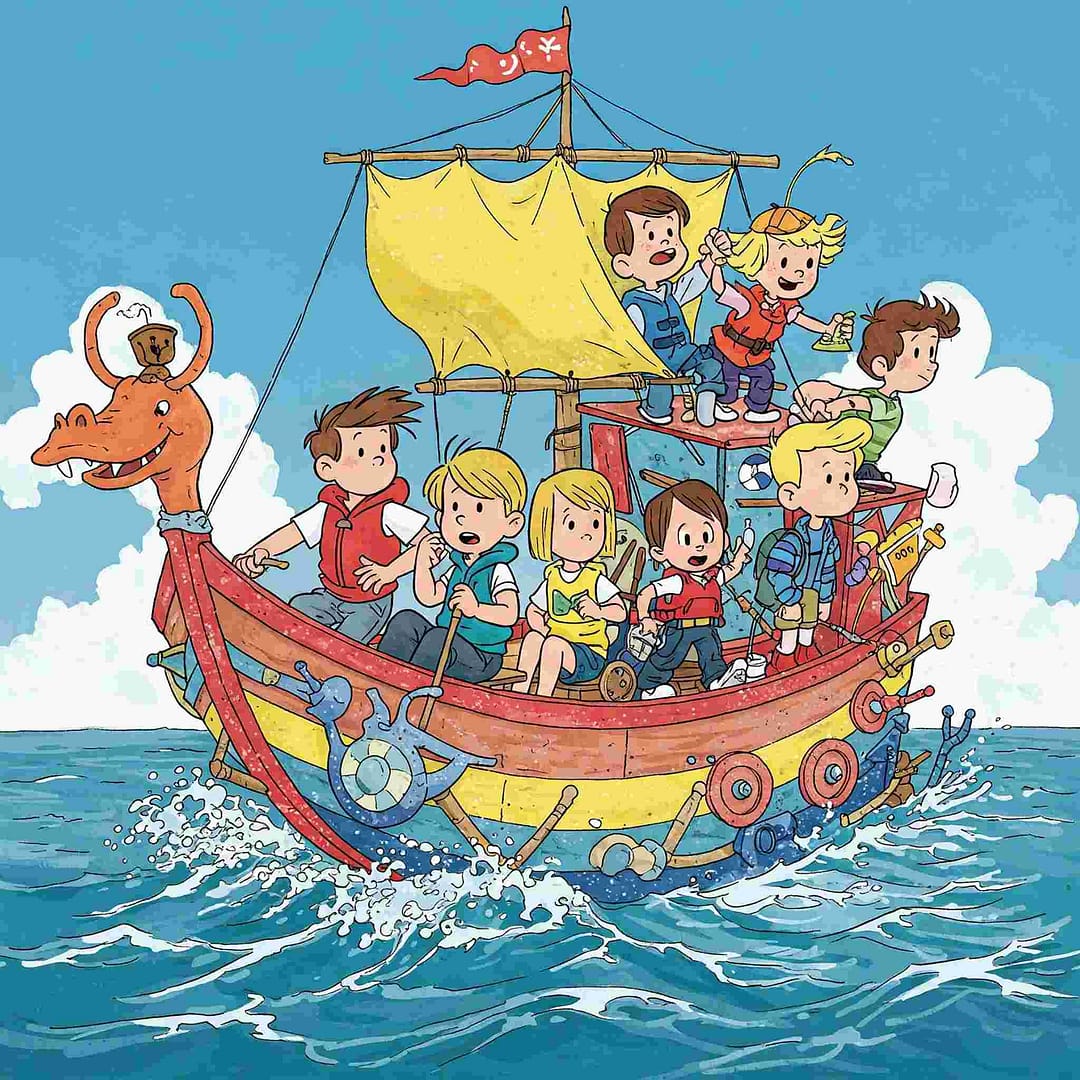Combined with the Montreal agreement, the High Seas Treaty can make life harder for ocean burglars
I am trying to grasp this. What numbers are we talking about?
If the world was a balloon …
balloons are fragile and break easily…
who can say that this half is mine,
now I’ll explode yours!
From a Norwegian children’s tune
The idea of the ocean as an inexhaustible resource is long gone. At least it should be. We went too far; took most of its fish, dumped our garbage and polluted and heated it. Since human nature can’t take care of it alone, we need conventions to regulate ourselves. The global legally binding High Seas Treaty was reached 4. March in New York.
Half of the world
The High Seas are what you find beyond the 200 nautical miles economic exclusive zones. The High Seas cover half of the Earth and beyond any individual nation’s laws or control. The ocean produces about half of Earth’s oxygen.
24 trillion
The value of global ocean assets is estimated at over US$24 trillion, making it the seventh largest economy in the world in GDP terms.
10-fold global electricity demand
If you include the ocean as a whole, offshore wind sites globally could provide 420,000 TWh of electricity per year. This is more than ten times the global electricity demand projected for 2040.
500 billion tons of CO2
Humans have emitted around 500 billion tons of CO2 since the Industrial Revolution. The ocean has absorbed 30 per cent making it more acid. Combined with heating, it is one of the biggest threat to marine life.
8-10 million tons of plastic
The lifetime cost to society, the environment and the economy of plastic produced in 2019 alone was US$3.7 trillion – more than the GDP of India. The cost of plastic pollution will double in 2040, according to the World Wildlife Fund. Around 8 to 10 million metric tons of plastic end up in the ocean each year.
11–26 million tons overfishing
Illegal, unreported and unregulated fishing lead to the loss of 11–26 million tons of fish each year, which is estimated to have an economic value of US$10–23 billion.
Over 1,550 species threatened
Over 1,550 of 17,903 marine animals and plants assessed are at risk of extinction, with climate change impacting at least 41% of threatened marine species. This includes coral reefs (15%), sharks and rays (90+%), fishes (67%) and molluscs (11%).
12,998 genetic sequences
from marine species have been patented (2018). The German chemical giant BASF has invested heavily and patented 47 percent. Equitable sharing of marine genetic resources has been one of the main challenges in the agreement.
4.5 million square kilometers
The most abundant polymetallic nodule deposits in the Pacific Ocean, yet to be discovered (the size of the EU). Deep-sea miners are pushing to get hold of the minerals there, but face stark resistance. Battery demand for electric vehicles will grow 40 times the next 20 years, and the overall demand for minerals, 30 times, according to the IEA.
10.5 million square kilometers protected
Only 2.9% of the ocean (Canada is 10M) is fully or highly protected from fishing impacts. Only about 1% of the high seas are highly and fully protected, compared to 17% of land areas.
30 per cent
The High Seas Treaty will put 30 percent of the planet’s seas into protected areas by 2030. If we manage to protect 30% of the ocean, the idea is that it will help regenerate the remaining 70%. But for that to happen, the remaining 70% must be managed sustainably.
60 countries
need to ratify the agreement before it enters into force. Why do we need pressure beyond rational logic? The U.S. has yet to ratify the U.N. Convention on the Law of the Sea, which was the last international treaty on ocean protection signed over 40 years ago.
Human nature
Ugh, that never-ending X-factor always in the way of human intelligence. Step aside for a while, will you?!
It won’t, so we need to rely on stigma, vanity, greed and fear of exclusion and economic losses, and hopefully some solidarity (sense of responsibility is the intelligence part).
My hope is that we can replace carbon neutral with “sustainable fishing” / “deep-sea mining moratorium” / “genetic responsible extraction” / “plastic responsible” in tweets like “Can any firms confirm they’re NOT going carbon neutral? Would be a lot quicker”
The High Seas Treaty is definitely needed.
Featured image: Our son explores wave powers at a beach outside Havana, 2012.






Howdy! This is my first comment here so I just wanted to give a quick shout out and tell you I genuinely enjoy reading your articles. Can you recommend any other blogs/websites/forums that cover the same topics? Thank you!
Somebody necessarily help to make significantly articles I’d state. This is the first time I frequented your web page and thus far? I amazed with the research you made to make this actual publish amazing. Magnificent activity!
Some truly great info , Gladiola I detected this. “The past is a guide post, not a hitching post.” by L. Thomas Holdcroft.